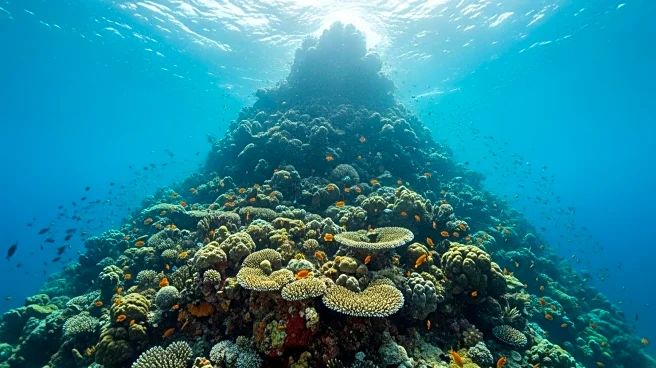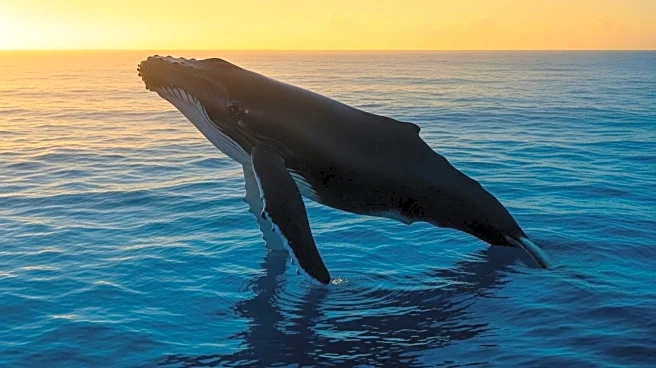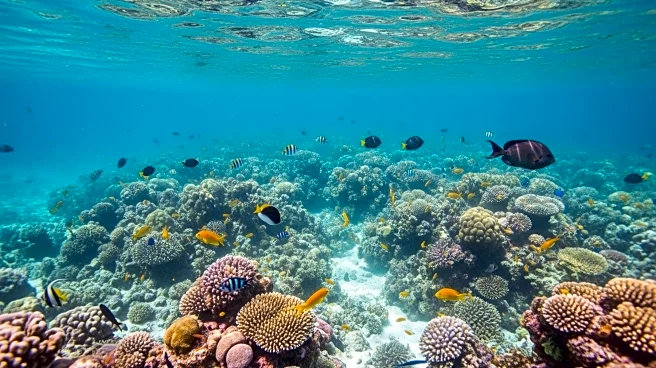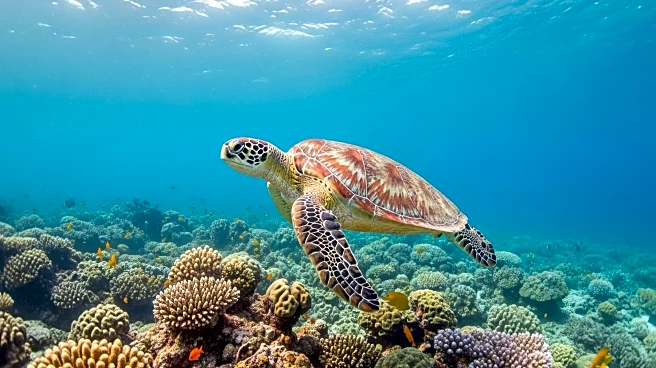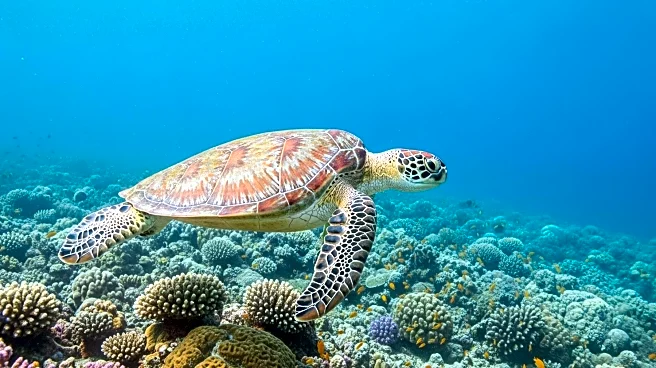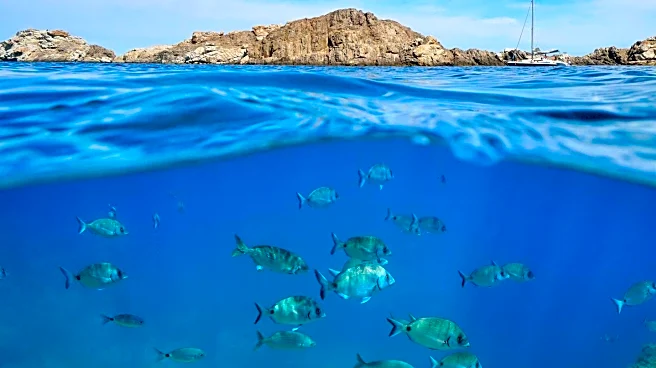What is the story about?
What's Happening?
The Minister for Oceans and Fisheries, Shane Jones, has announced a significant reduction in catch limits for orange roughy in New Zealand's Chatham Rise, cutting them by half to 2,349 tonnes. This decision comes in response to the dramatic decline in orange roughy populations, which have crashed to about 10% of their original size in certain areas. Environmental groups welcome the move but call for further protection of seamounts, which are critical habitats for fish and ancient coral forests. The decision includes new closures of spawning areas to help rebuild fish numbers.
Why It's Important?
The reduction in catch limits and the protection of seamounts are crucial steps in preserving marine biodiversity and preventing further collapse of fish stocks. Orange roughy is a significant part of New Zealand's fishing industry, and its decline poses economic risks. Protecting seamounts from destructive fishing practices like bottom trawling is essential for maintaining healthy marine ecosystems. This decision reflects growing environmental awareness and the need for sustainable fishing practices to ensure long-term viability of marine resources.
What's Next?
Environmental groups, including Greenpeace and the Deep Sea Conservation Coalition, continue to advocate for permanent protection of all seamounts from bottom trawling. The fishing industry may face increased scrutiny and pressure to adopt more sustainable practices. Further policy changes could be implemented to enhance marine conservation efforts, potentially influencing international seafood markets and New Zealand's reputation for sustainable fishing.
Beyond the Headlines
The decision highlights the ongoing conflict between economic interests and environmental conservation. The fishing industry's impact on marine ecosystems raises ethical questions about resource exploitation and sustainability. Long-term protection of seamounts could lead to shifts in fishing practices and regulatory frameworks, promoting a more holistic approach to ocean management.
AI Generated Content
Do you find this article useful?
